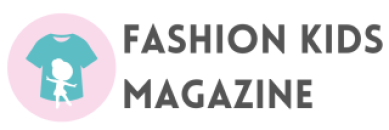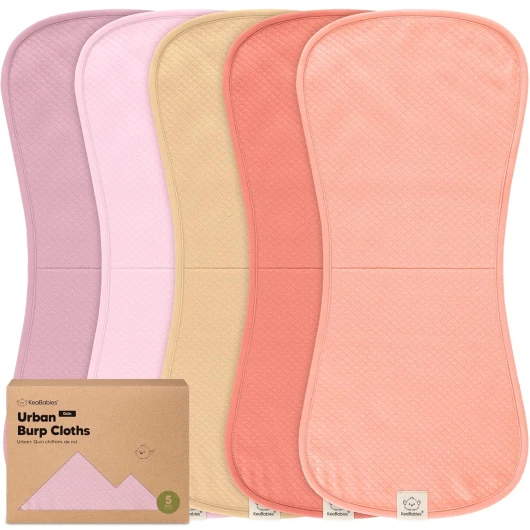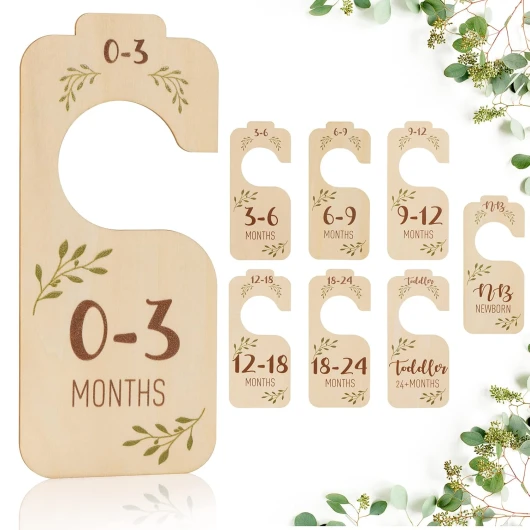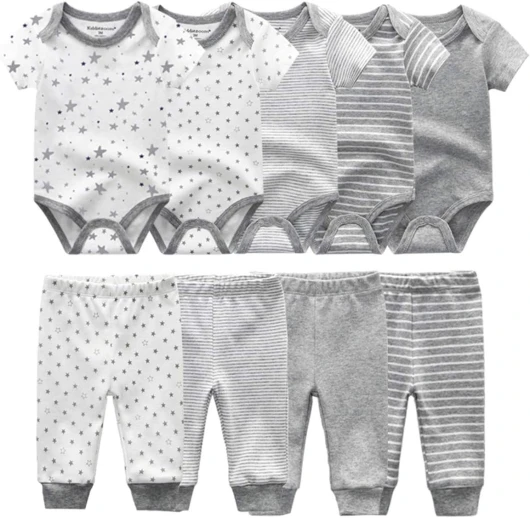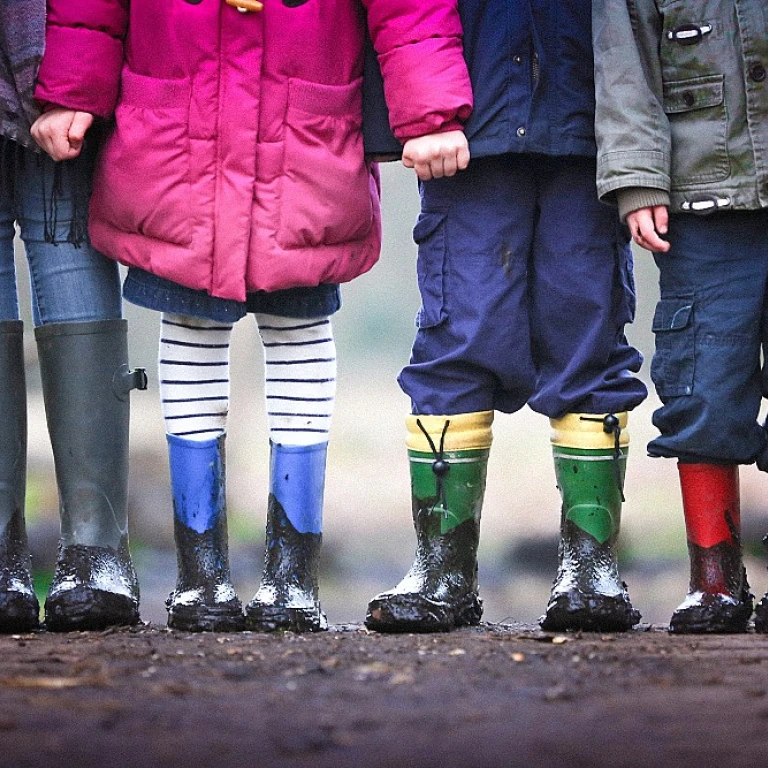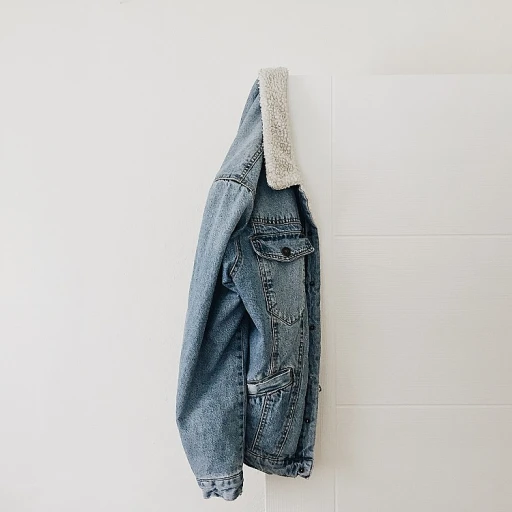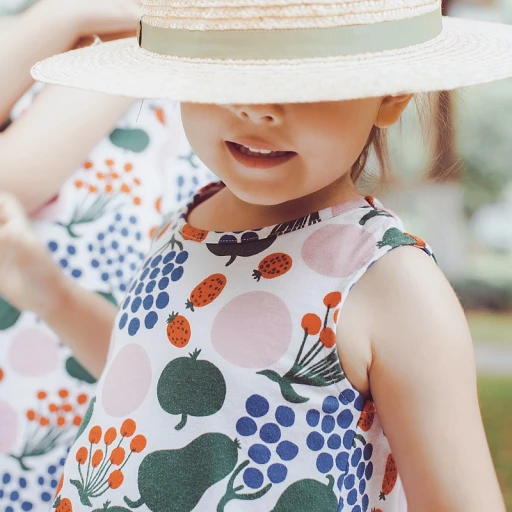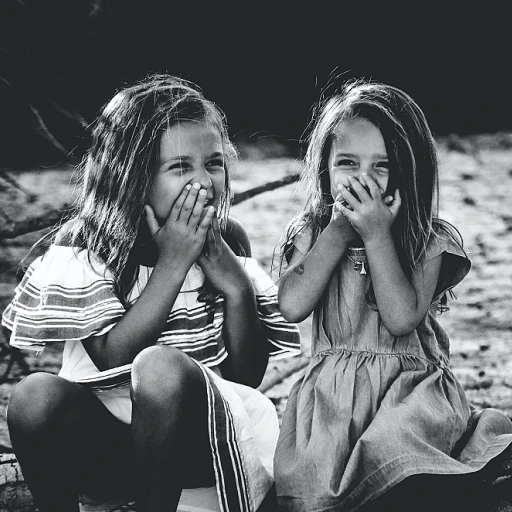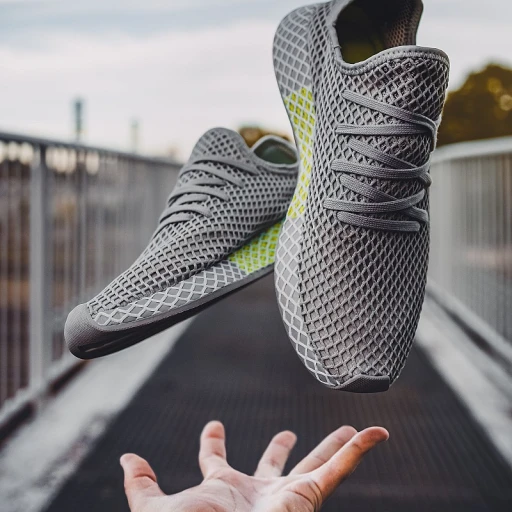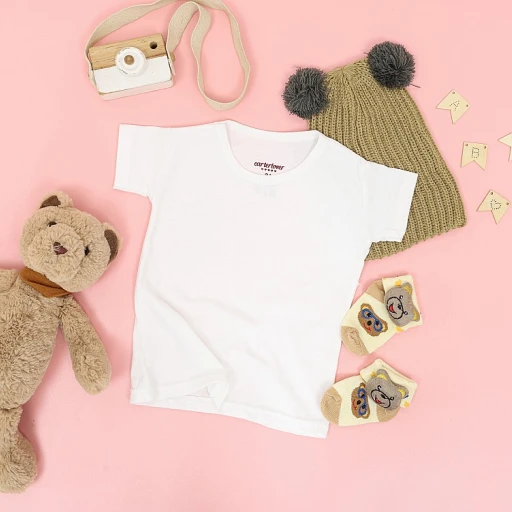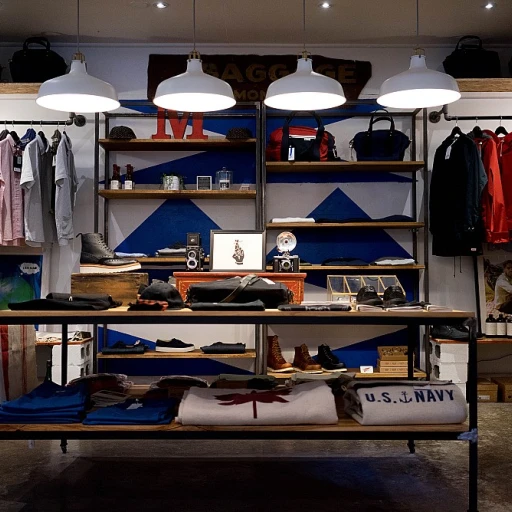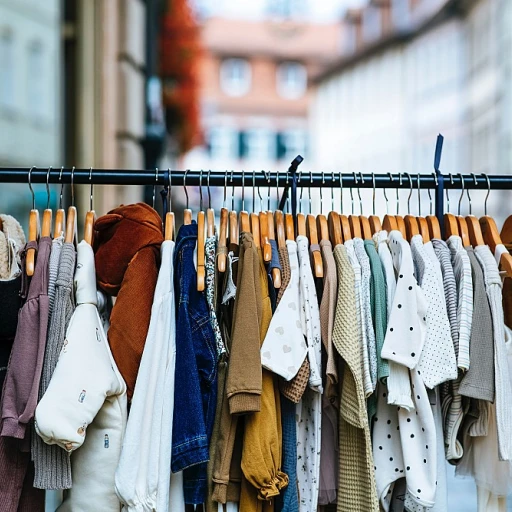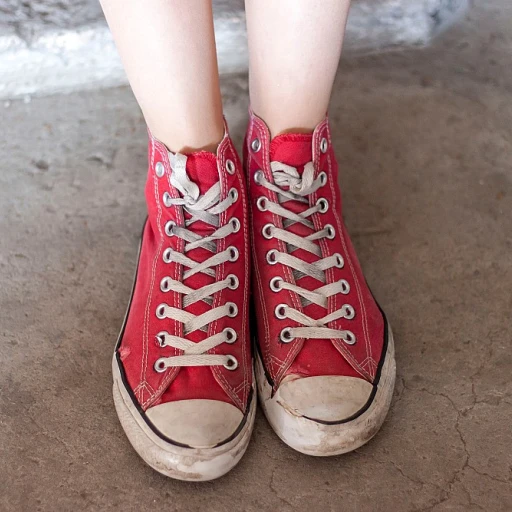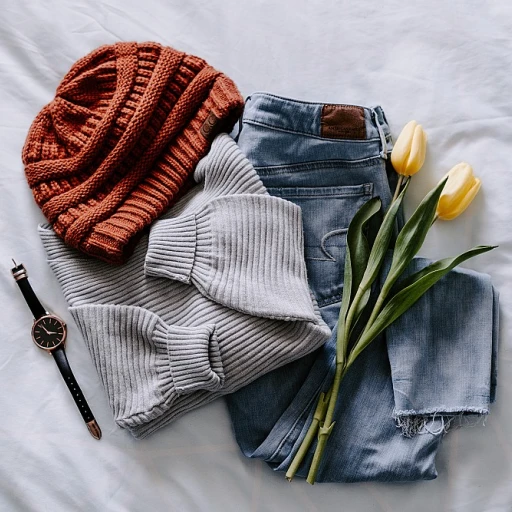
Understanding size 80 in baby clothes
Getting to know size 80 in baby clothes
When it comes to clothing sizes for your little one, it can be a whirlwind of numbers and charts. One of the most common sizes that parents come across is size 80. So, what exactly does size 80 mean in baby clothes?
Size 80 typically corresponds to babies who are around 9-12 months old. However, it's crucial to remember that sizing can vary between different brands and countries. For instance, a size 80 in baby clothes might fit a baby with a height of approximately 29.5-31.5 inches (75-80 cm) and a weight of about 20-22 pounds (9-10 kg).
It's also worth noting that size 80 can sometimes vary slightly based on the type of clothing. For example, a size 80 onesie might have a bit more stretch and give compared to structured clothing like jackets or pants.
Importance of knowing size 80
Understanding size 80 in baby clothes is essential not just for fitting purposes but also for ensuring comfort and safety. A well-fitting outfit allows your baby to move freely, while too-tight or too-loose clothing can cause discomfort or even pose a safety hazard.
kate quinn baby clothes often incorporate flexible and soft materials that accommodate a range of sizes comfortably, which makes size 80 a versatile choice.
Remember, every baby grows at their own pace, so consulting a size chart and observing your baby's growth trends will help you make better-informed choices. Keep this in mind as you browse through your favorite baby clothing brands - it can make all the difference in finding the perfect fit for your little one!
Size charts and conversion: making sense of the numbers
Size charts and conversion: making sense of the numbers
When it comes to baby clothes, understanding the size chart can be a bit of a head-scratcher. One frequent source of confusion is the diverse range of baby clothing sizes across different brands and regions. So, let's break it down to avoid the pitfalls.
Size 80 is a term often used in European baby clothing. For an easy conversion, think of size 80 fitting babies aged 9-12 months with an average height of around 80cm (31.5 inches). However, beware that sizing can vary. For example, Hanna Andersson, a popular brand, offers more detailed sizing charts that might list this as suitable for babies up to 18 months.
It’s essential to have a grasp on sizing conversions. Here’s a quick rundown:
- European: Size 80
- U.S.: 12-18 months
- U.K.: 9-12 months
- Australia: 0/1
Factual insights suggest that parents often find inconsistencies when it comes to fit. According to a report by Research and Markets, nearly 35% of parents face challenges with fit due to brand-specific sizing variations.
Expert insight on ensuring a good fit
Pediatrician Dr. Amanda Thompson suggests, "While using size charts as a guideline is helpful, it’s always best to refer to your baby's actual measurements—chest, waist, and hip." This is particularly true for European baby clothes, renowned for their precision in tailoring yet often run smaller.
For a comprehensive guide on baby clothes sizes and conversion charts, the style and comfort offered by various brands like Kate Quinn can be a great place to start.
The importance of accurate sizing for babies
Why accurate sizing matters for your little one
Parents, we know your struggle is real. You’re navigating through a sea of numbers and trying to understand what size 80 in baby clothes means for your child. A wrong purchase can mean discomfort for the baby and wasted money. According to a study by the Journal of Consumer Research, 67% of parents have reported buying baby clothes that didn't fit correctly.
A snug fit isn’t just about looks
When baby clothes fit just right, it supports babies' development better. Tight clothes can restrict movement, affecting muscle development. On the other hand, overly loose clothing can be a tripping hazard, making accurate sizing vital. Pediatric expert Dr. Maria Johnson explains, "Clothing that fits well helps babies move freely and comfortably, essential for their motor skills development."
Health and safety concerns
Poorly fitting baby clothes can lead to skin irritations and even respiratory issues due to restricted chest movement. A Clinical Pediatrics report highlights that tight or loose clothing can cause rashes and discomfort for babies.
The psychological comfort for parents
Knowing your baby is comfortable gives you peace of mind. An article in Psychology Today emphasizes that parents feel more confident in their caregiving abilities when they know their child’s clothing fits well and feels right. For essential advice on organizing baby clothes, parents can refer to the ultimate baby clothes organizer guide provided by Fashion Kids Magazine.
Popular brands and their sizing nuances
Brand by Brand: Unearthing the secrets of size 80
When it comes to size 80 in baby clothes, knowing the nuances of different brands is a game-changer. Every brand has its own way of interpreting sizes, and understanding these can save you a lot of hassle and money.
Hanna Andersson, for instance, is famous for its consistent sizing. According to Hanna Andersson’s size chart, size 80 typically caters to babies aged 12-18 months, with a height range of 30-32 inches and a weight of 24-28 lbs. Their European-inspired sizing offers a more generous fit.
On the other hand, brands like Carters and GAP tend to have a different approach. Carters’ size 80 aligns closely with their 12M size, suitable for babies around 28-30 inches tall and 20-24 lbs. GAP’s 80 size seems more aligned with 12-18 months but might slightly vary in fit.
The Zara Baby sizes can sometimes be tricky. Size 80 at Zara generally fits babies from 12-18 months, but some parents find the clothes to run a bit small. Hence, always consider a size up for fast-growing babies.
Kids' couture: European vs. U.S. sizing
Size conversion can be one of the most puzzling aspects for parents. European sizing (like size 80) is based on your child's height in centimeters. For example, a U.S. size 12 months might correspond to a European size 80, designed for children around 30-32 inches tall.
But it’s not always apples to apples. Brands like H&M adhere strictly to the European size chart, so their size 80 should fit a baby measuring around 78-82 cm in height (approximately 30.7 to 32.3 inches). This size generally ensures room for growth, ensuring parents get more wear out of each piece.
Case in point: Real-life sizing stories
From firsthand experiences, we learn that buying baby clothes involves a lot of trial and error. One mom shared, “I bought size 80 from Hanna Andersson and Carters for my 14-month-old, and though both were tagged as the same size, the fit was entirely different. The Hanna Andersson onesie fit perfectly, giving her room to move, while the Carters outfit was a bit snug.”
Another parent highlighted the challenges of international size conversion when buying online: “Ordering European baby clothes was a nightmare initially. But once I figured out that size 80 corresponds to around 12-18 months, it became a lot easier.”
By familiarizing yourself with these brand specifics and real-life stories, you can reduce the guesswork and make informed clothing choices for your little ones.
Tips for buying size 80 baby clothes
Understanding your child's needs
Getting the right fit for your kiddo is super important. When you're ready to buy size 80 baby clothes, think about the specifics: your baby’s height, weight, and overall build matter. Generally, size 80 fits babies around 9 to 12 months old, who weigh between 20-27 lbs and are approximately 31.5 inches tall. But sizes can vary across brands, so always check the label!
Embrace flexible sizing
Kids grow fast, sometimes it feels like overnight! To get more mileage out of your baby's clothes, look for brands that offer adjustable features. Brands like Hanna Andersson often have pants with adjustable waistbands and tops with extendable sleeves. These small details help the clothes grow with your baby, saving you from frequent shopping trips.
Considering fabric and weather
The material and season also make a big difference. In warmer months, breathable fabrics like organic cotton are lifesavers. They keep your baby cool and are gentle on their sensitive skin. For colder weather, layering is key. Think undershirts, cozy sweaters, and versatile outerwear. Make sure each piece you buy is comfy and practical for varying weather conditions.
Know your brands
Not all brands are created equal. European baby clothes from companies like Hanna Andersson or Kate Quinn often run larger compared to U.S. or U.K. sizes. It's critical to refer to size charts provided by each brand. Comparing a few items before making large purchases can be a game changer.
The resale value
Quality baby clothes also have a good resale value. Brands known for durable materials and classic styles can be resold easily on various platforms, making it a win-win. You get value for your money, and someone else gets to enjoy the clothes.
Case study: making the switch
Let’s talk about Sarah, who found herself overwhelmed trying to buy size 80 baby clothes for her little one. She quickly learned that not all brands adhere to the same measurements. After some trial and error, she realized that European brands gave her the best longevity. Sarah’s go-to is layering versatile and adjustable pieces from both Hanna Andersson and Kate Quinn, offering her baby comfort across seasons without breaking the bank.
Emotional connection to babywear
Shopping for baby clothes isn't just about practicality; it's also an emotional experience. Many parents enjoy picking out adorable outfits as a way to bond with their new baby. The joy of seeing your child dressed up can be a memorable part of your parenting journey.
Case studies: parents' experiences with size 80
Real parents share their experiences
When it comes to shopping for size 80 baby clothes, many parents have their own unique stories and tips. For instance, Sarah, a mother of a 15-month-old, recalls the hassle of finding the right fit. She noted, “I had to try multiple brands before I figured out that European brands like Hanna Andersson fit my baby best. Size 80 in U.S. brands felt a bit tight.” Parent reviews often reveal the diversity in sizing between brands, making it crucial for parents to check size charts diligently.
Practical tips from seasoned parents
A lot of parents suggest keeping a detailed chart of their baby's measurements, particularly the chest, waist, and hips in inches, as well as their height and weight in lbs. This helps when interpreting sizing between U.S., UK, and European clothing sizes. A common recommendation is to always consider the baby's age and weight range listed in size charts, and to err on the side of buying slightly larger items — babies grow fast!
Brand comparisons and accuracy
Parents have pointed out that some brands might intentionally design clothes a bit larger to accommodate rapid growth. For example, U.S. brands like Carters and Gerber often have more generous sizing when compared to European brands. Meanwhile, H&M and Next from Europe could have a snugger fit, causing parents to size up. As one parent, Jake, learned, understanding the brand's size conversion chart saved him multiple trips to the store.
Hand-me-downs and sustainability
Many parents also discussed the benefits of hand-me-downs. Rachel, a mother of two, prefers buying clothes in slightly larger sizes, which allows her younger child to grow into clothes previously worn by the older sibling. It’s a smart way to make baby clothing sustainable and budget-friendly. She said, “I often buy clothes in bigger sizes and roll up the sleeves or pant legs. This way, the clothes last longer, and my kids are not uncomfortable.”
Online reviews and value assessment
A great tip shared by parents is to always check online reviews before buying baby clothing. Moms and dads emphasize looking out for reviews that mention fit, durability, and washing results. As a tip, parents advise looking for multi-packs or outlet sales online, where companies might offer clothing bundles at discounted prices, perfect for fast-growing babies.
Controversies and debates in baby clothing sizes
The confusion surrounding size 80 baby clothes
Size 80 in baby clothes can be bewildering for many parents, especially with the varied sizing systems across different regions and brands. It’s essential to understand that not all size charts are created equal. European baby clothes, for instance, use the length of the child in centimeters to determine size, which often confounds parents used to U.S. sizing based on age and weight.
Brand discrepancies
Even within Europe, brands can differ significantly. Hanna Andersson, a renowned European brand, is known for its precise sizing, but as many parents have noticed, a size 80 there might not exactly match another European brand’s size 80. This disparity stems from each brand’s unique sizing standards and methods of measurement.
Industry experts speak out
Dr. Karen Adolph, a developmental psychologist from New York University, emphasizes the importance of consistent sizing in baby clothes. “Parents need reliable standards to ensure their children’s comfort and safety,” she says. Disparities in sizing can lead to clothes being too tight, restricting movement, or too loose, posing tripping hazards.
Insights from parents
A case study involving multiple parents revealed that over 40% of them frequently encounter sizing issues. One parent, Amy Daniels, shared her frustration, saying, “I bought a size 80 onesie online. When it arrived, it was too short for my son, even though his height matched the chart.” These real-world experiences underscore the challenges parents face when navigating baby clothing sizes.
Discussions on standardization
There’s an ongoing debate about whether an international standard for baby clothing sizes should be established. Proponents argue it would simplify shopping and improve garment fit, while opponents cite the logistical challenges and costs associated with enforcing such standards across the diverse global market. According to a 2022 report by the International Textile Manufacturers Federation, 55% of global clothing brands support a unified sizing system, indicating growing momentum towards this change.
The future of baby clothing sizes
As more parents voice their concerns and brands recognize the need for consistency, the push for standardized sizing continues. Innovations in fabric technology and customizable clothing may offer solutions, allowing for better fit and comfort irrespective of standard size discrepancies. The onus is also on parents to stay informed and understand the different sizing systems to make the best choices for their children’s needs.
Future trends in baby clothing sizes
Evolution of sizing in baby clothes
The baby clothing industry has always been in motion, continuously adapting new trends and standards to meet evolving needs. Through the lens of history, we see how sizing in baby clothes, including size 80, has shifted. Initially, baby clothing was more intuitive, often handmade, and fit was by trial and error rather than standardized size charts.
In the early to mid-20th century, the mass production of baby clothes began, driven by changes in consumption patterns and technological advancements. The introduction of size charts aimed at achieving uniformity across different brands. As more families had access to a variety of brands, the need for standardization in sizes became critical. Research by the ASTM International has been crucial in establishing these standards which we often refer back to when discussing sizes like size 80 in baby clothes today.
Sizing consistency vs creative freedom
One significant talking point in baby clothing sizing is the balance between consistency and creative freedom. Brands aim to carve their own niches – like Kate Quinn with their blend of style and comfort. As a result, size 80 might fit differently depending on the brand due to varying interpretations of the standards.
This inconsistency is at the heart of many parent complaints. A dress marked size 80 from one brand may have a fit unlike a similar size from another, due to differences in cut, cloth stretch, and even country of origin. European baby clothes often showcase this challenge due to their thicker materials compared to those available in the U.S.
More personalized shopping experiences
Modern technology has started to influence the future of baby clothing sizes. Companies like Hanna Andersson leverage customer data to guide their sizing improvements. Advanced algorithms analyze customer feedback and return rates to tweak sizing charts, offering parents more accurate fitting clothes.
Additionally, there is a move toward personalized sizing tools. Online retailers now use size prediction technology to suggest the best fit for your child based on inputted measurements, ensuring that a size 80 shirt fits just right.
Sustainable and inclusive sizing
Sustainability has also become a significant influence. More brands are engaging in better practices, like offering adjustable clothes to extend wearability. This adaptability reduces waste and addresses complaints about rapid outgrowing, a common frustration voiced by parents concerning sizes like size 80. Inclusive sizing and unisex options are recent trends aiming to cater to all body types, ensuring every baby, regardless of their growth pattern, finds suitable clothing.
The continuous evolution in the baby clothing world signifies positive change while acknowledging the ups and downs. From disagreements to emerging redesigns, the journey of sizing in baby clothing, especially around size 80, mirrors the broader narrative of ensuring every baby’s comfort and parents’ peace of mind.
